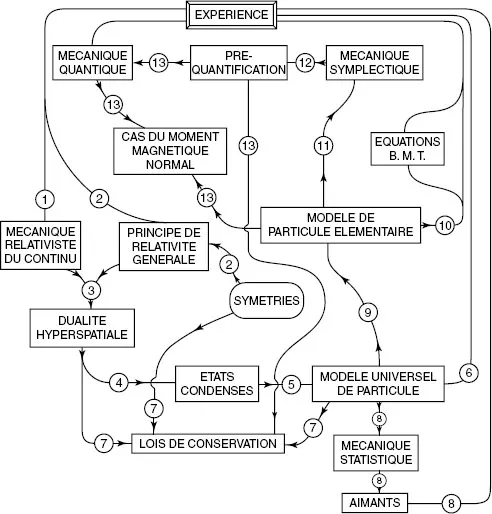
- 216 pages
- English
- ePUB (mobile friendly)
- Available on iOS & Android
Albert Einstein Memorial Lectures
About This Book
This volume consists of a selection of the Albert Einstein Memorial Lectures presented annually at the Israel Academy of Sciences and Humanities. Delivered by eminent scientists and scholars, including Nobel laureates, they cover a broad spectrum of subjects in physics, chemistry, life science, mathematics, historiography and social issues.
This distinguished memorial lecture series was inaugurated by the Israel Academy of Sciences and Humanities following an international symposium held in Jerusalem in March 1979 to commemorate the centenary of Albert Einstein's birth. Considering that Einstein's interests, activities and influence were not restricted to theoretical physics but spanned broad fields affecting society and the welfare of humankind, it was felt that these memorial lectures should be addressed to scientists, scholars and erudite laypersons rather than to physicists alone.
Contents:
- What Can Pure Mathematics Offer to Society? (W Timothy Gowers, Fields Medalist)
- General Covariance and the Passive Equations of Physics (Shlomo Sternberg, Professor of Pure and Applied Mathematics, Harvard University)
- The Structure of Quarks and Leptons (Haim Harari, Professor of Nuclear Physics, Weizmann Institute of Science)
- Beautiful Theories (Steven Weinberg, Nobel Laureate in Physics)
- Harmless Energy from Nuclei (Carlo Rubbia, Nobel Laureate in Physics)
- Supramolecular Chemistry: From Molecular Information toward Self-Organization and Complex Matter (Jean-Marie Lehn, Nobel Laureate in Chemistry)
- Chromatin and Transcription (Roger Kornberg, Nobel Laureate in Chemistry)
- Energy, Environment, and the Responsibility of Scientists (Yuan T Lee, Nobel Laureate in Chemistry)
- Res Ipsa Loquitur: History and Mimesis (John E Wansbrough, Professor of Oriental and African Studies, University of London)
Readership: Scientists, students and lay people.
Frequently asked questions
Information
General Covariance and the
Passive Equations of Physics
1. What Do I Mean by ‘Passive Equations’ ?
2. The Sources of This Lecture

3. What is the ‘Fundamentally Simple Question’ Posed by Einstein, Infeld and Hoffmann?
- The distribution of energy-matter determines the geometry of space time.
- A small piece of ponderable matter moves along a geodesic in the geometry determined as above.

4. Einstein’s Comment on the First Principle

5. What Is a Geodesic?
- A straight line is ‘the shortest distance between two points.’
- A straight line is ‘self-parallel’ in the sense that it always points in the same direction at all its points.
Table of contents
- Cover Page
- Half title
- Title
- Copyright
- Preface
- List of Contributors
- Contents
- What Can Pure Mathematics Offer to Society?
- General Covariance and the Passive Equations of Physics
- The Structure of Quarks and Leptons
- Beautiful Theories
- Harmless Energy from Nuclei
- Supramolecular Chemistry: From Molecular Information toward Self-Organization and Complex Matter
- Chromatin and Transcription
- Energy, Environment, and the Responsibility of Scientists
- Res Ipsa Loquitur: History and Mimesis